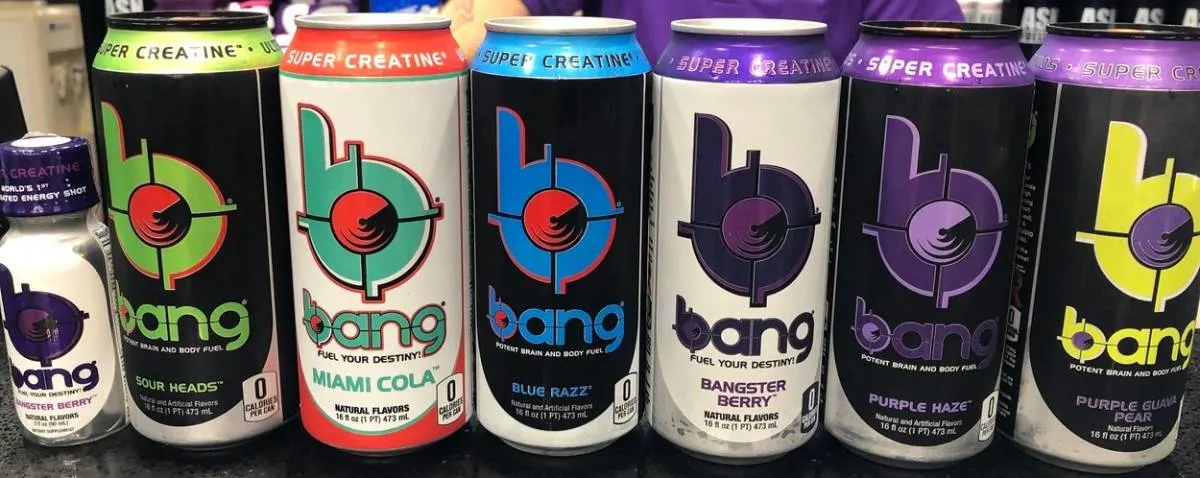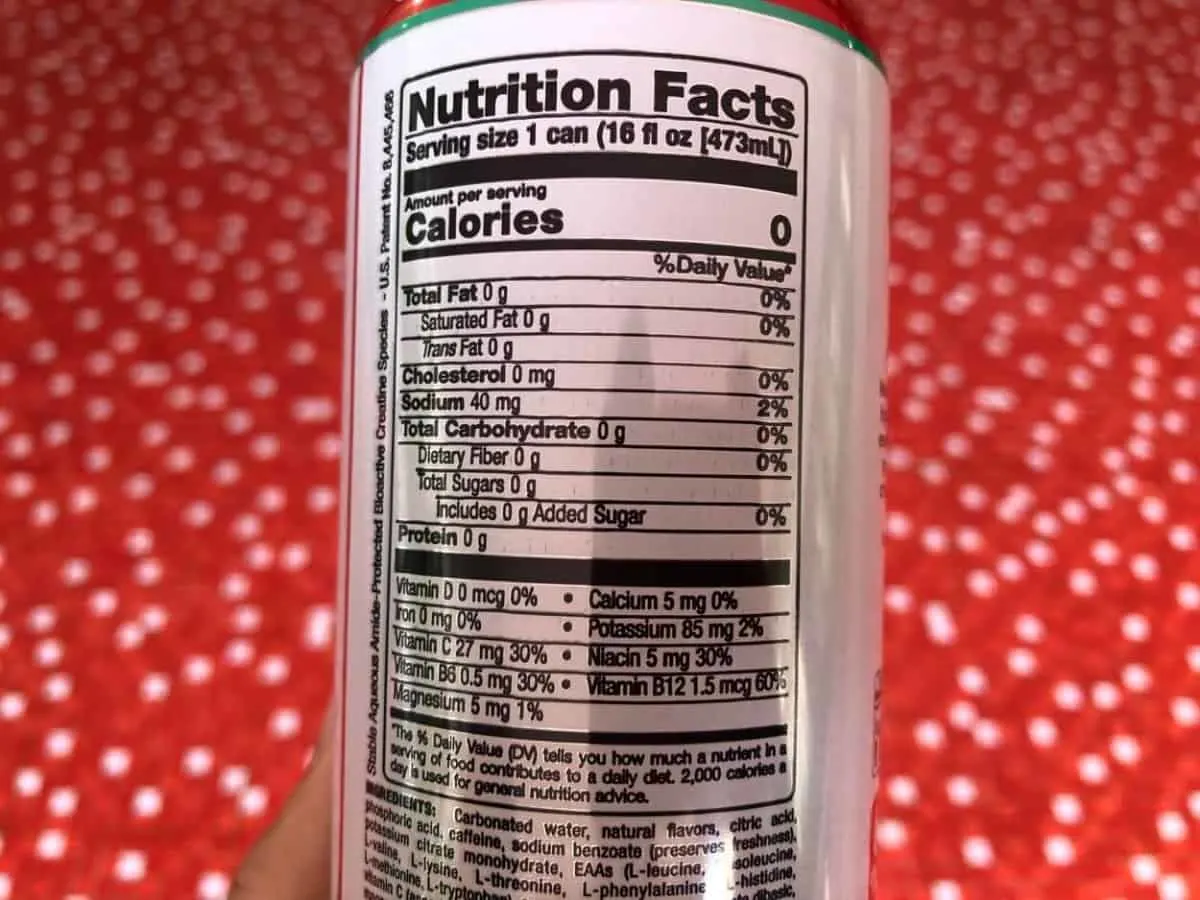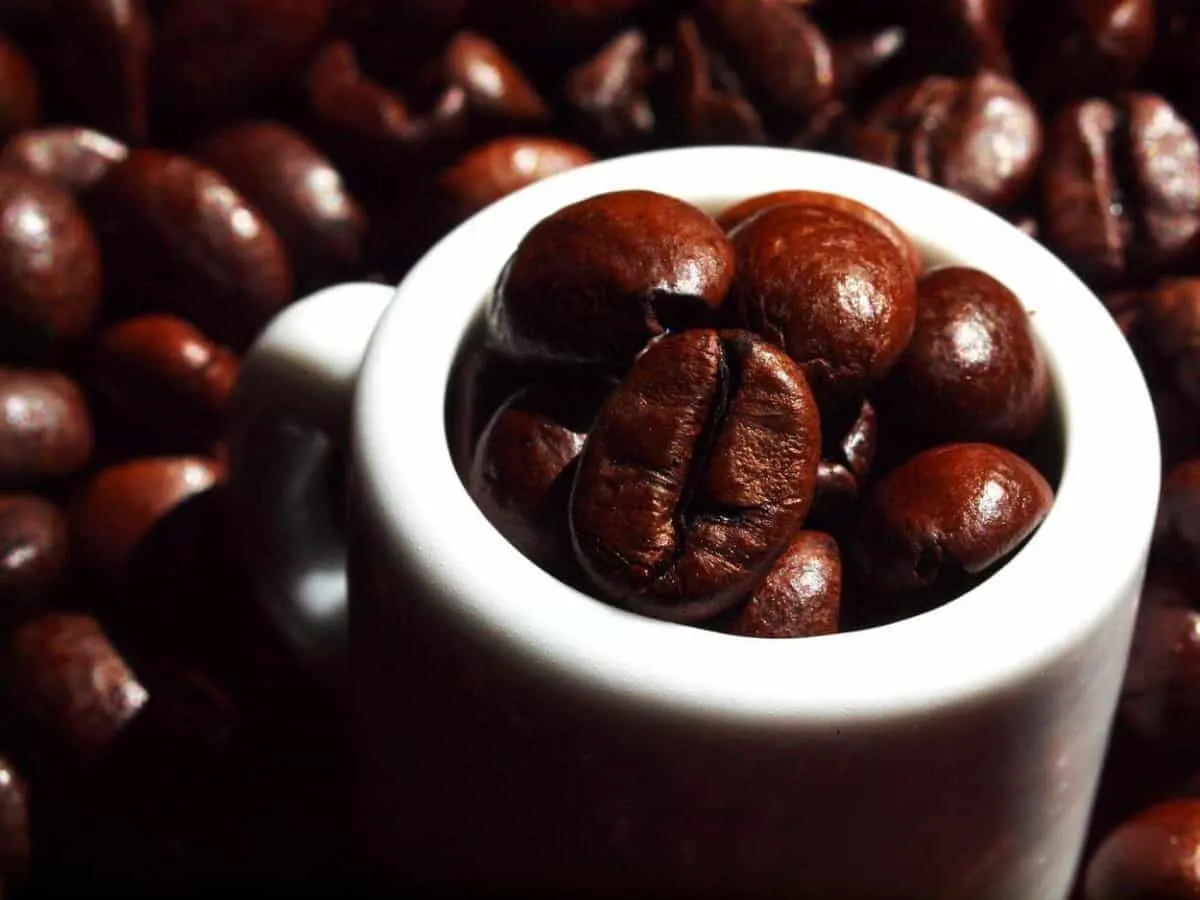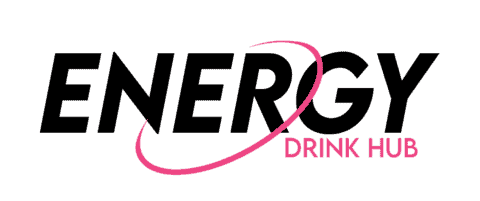
Quick Answer: Bang has 300 mg of caffeine per regular can serving.
If you’re prone to the jitters after drinking caffeinated beverages, you should always check the caffeine level of your drinks before you consume them.
Caffeine is a very common stimulant found in energy drinks and sodas, so even if you think a drink won’t have it, you should still check its nutrients label.
Checking is important because our bodies react differently to the caffeine levels in our drinks.
To avoid sudden adverse effects, you should familiarize yourself with the caffeine content in your favorite energy drink.
In this article, you will learn all about the caffeine contained in the energy drink brand Bang.
Read on to find out.
Page Contents
Bang Energy Drink Nutrition Facts

Bang is an excellent energy drink with zero calories, zero grams of sugar, and zero cholesterol.
You can significantly benefit from checking the nutrition facts label on the food or drink you consume. Doing so lets you know what nutrients and supplements go into your body.
To help you learn all about Bang Energy Drink’s nutrition facts label, I listed them in detail below.
- 0 calories
- 0 grams of fat
- 0 mg of cholesterol
- 40 mg sodium
- 85 mg potassium
- 0 grams of carbohydrates
- 0 grams of fiber
- 0 grams of sugar
- 0 grams of protein
- 50% DV of Vitamin C
- 25% DV of Niacin
- 25% DV of Vitamin B6
- 25% DV of Vitamin B12
- 2% DV of Magnesium
Personally, I really like that the regular variant of Bang contains zero sugars, calories, and cholesterol.
This may be news to some, because if you’ve tried Bang before, you know it’s flavorful. Bang tastes great but it does not carry the risks related to high sugar consumption such as diabetes, weight gain, and high blood pressure because it does not have sugar in it. Instead, Bang uses artificial sweeteners.
Because Bang does not have sugars in it, you don’t have to worry about the following side effects from having high sugar levels:
- tooth decay
- acne
- weight gain and obesity
- cardiovascular disease
- high blood pressure
- cancer
- aging skin
Now, let’s move on to the ingredients label of Bang to discover its contents.
Bang Energy Drink Ingredients

Bang Energy Drink contains plenty of Vitamin B and C, essential amino acids, and super creatine.
For you to be able to take a closer look, I have enumerated below the ingredients listed in the ingredients label of Bang.
- Carbonated Water
- Citric Acid
- Natural Flavors
- Caffeine
- Sodium Benzoate (Preserves Freshness)
- Potassium Citrate Monohydrate
- EAAs (L-Leucine, L-Isoleucine, L-Valine, L-Lysine, L-Threonine, L-Phenylalanine, L-Histidine, L-Methionine, L-Tryptophan)– these are all the nine essential amino acids
- Sucralose
- Potassium Phosphate Dibasic
- Vitamin C (Ascorbic Acid)
- Acesulfame Potassium
- Potassium Sorbate (Preserves Freshness)
- Magnesium Chloride
- Super Creatine (Creatyl-L-Leucine [Creatine Bonded to L-Leucine])
- Calcium Chloride
- Calcium Disodium EDTA
- Vitamin B3 (Niacinamide)
- CoQ10 (Coenzyme Q10)
- Vitamin B6 (Pyridoxine Hydrochloride)
- Vitamin B12 (Methylcobalamin)
Some of these terms may seem unfamiliar, so it would be best to look them up one by one if you’re curious. As for this article, we’ll focus on the important ones in bold.
Check out this detailed analysis on Bang caffeine and other ingredients.
Bang’s nutritional composition shows that it’s not like your ordinary energy drink. It’s packed with many nutrients and supplements that benefit your body.
Let’s begin with Bang’s main featured ingredient, Super Creatine.
Super Creatine
Bang contains Super Creatine, which is bonded to L-leucine, an amino acid that improves mental focus.
However, upon closer inspection, you can see that super creatine actually just refers to creatine. The “super” added before this naturally occurring amino acid is something Bang Energy Drink took and made their own to stand out from the energy drinks on the market.
Now that we know Bang Energy Drink contains plain creatine, let’s take a closer look at this amino acid.
Creatine
Creatine is a natural amino acid produced by the body. It helps improve physical strength and mental performance.
Studies linked creatine to faster muscle growth, repair, and development. This is why creatine is known and widely used by athletes and bodybuilders.
Other benefits of creatine include:
- supports muscle cells in energy production
- improves other muscle functions
- enhances high-intensity exercise performance
- speeds up muscle growth
- helps fight neurological conditions
- lowers blood sugar levels
- may help with Parkinson’s disease
Check out this article I’ve written analyzing the Super Creatine content of Bang.
Artificial Sweetener: Sucralose & Acesulfame Potassium
Bang contains two forms of artificial sugars called sucralose and acesulfame potassium. Both of these are zero-calorie sugar substitutes.
Sucralose is a sweetener that contains zero amounts of calories. It is regarded as the better alternative to high fructose corn syrup, which is a concentrated sweetener derived from corn.
Acesulfame Potassium is also a zero-calorie sugar substitute. It is said to be 200 times sweeter than table sugar, which explains why Bang still tastes great.
Both of these artificial sweeteners are calorie-free, so you can enjoy Bang without worrying about excessive calories.
After tackling all of Bang’s other ingredients, let’s now focus on its caffeine content.
How Much Caffeine is in Bang Energy Drink?

Bang contains 300 mg of caffeine. Compared to other energy drinks sold on the market, it is undoubtedly among those with the highest caffeine levels.
Caffeine content is the major basis of how strong an energy drink is. This is because this stimulant keeps the body alert and energized.
To give you a clearer picture of the differences in caffeine levels among energy drinks, I have compiled the caffeine content of 10 energy drinks.
| Energy Drink | Caffeine Level |
| Spike Hardcore Energy Drink | 350 mg |
| Redline Xtreme Energy Drink | 316 mg |
| Bang Energy Drink | 300 mg |
| NOS Energy Drink | 260 mg |
| C4 Energy Drink | 200 mg |
| Rockstar Energy Drink | 160 mg |
| G Fuel Powdered Energy Drink | 150 mg |
| Red Bull Energy Drink | 80 mg |
| Amp Energy Drink | 75 mg |
| Monster Energy Drink | 160 mg |
Use this table to compare the caffeine content of the energy drinks you’re planning to buy.
If you’re unsure about how much caffeine your body can handle, start with a low amount and observe how your body reacts to it.
Using this as a point of reference, you can either decrease or increase your caffeine intake depending on what you need. Don’t forget to assess your body every time you amp your caffeine consumption to determine your limit.
Now, let’s see if the 300 mg of caffeine contained in Bang falls within the daily recommended limit of health experts.
Is 300 mg of Caffeine a Lot?
The 300 mg of caffeine is strong but well within the suggested amount of caffeine intake per day.
According to experts, a healthy adult can safely consume up to 400 mg of caffeine per day.
So, based on this guideline, the caffeine in Bang is high but still within the recommended daily range.
I would like to stress the importance of considering age, weight, caffeine sensitivity, and other health conditions when talking about caffeine consumption.
The Food and Drug Administration advises against children and adolescents consuming energy drinks or other beverages high in caffeine because their body still has a low tolerance for the stimulant.
Check out this video to learn more about the effects of caffeine in your body.
Can you drink Bang at 13?
It is generally not recommended for individuals under the age of 18 to consume energy drinks like Bang. Energy drinks often contain high levels of caffeine and other stimulants that may not be suitable for young adolescents.
The American Academy of Pediatrics advises against the consumption of energy drinks by children and adolescents due to potential health risks and the lack of established safety guidelines for this age group.
Are energy drinks safe?
Energy drinks can be enjoyed safely in moderation, but it’s essential to be aware of potential risks. They often contain high levels of caffeine, which can lead to increased heart rate and disrupt sleep patterns.
It’s best to avoid excessive or frequent consumption, especially for certain groups like children, pregnant women, and those with health conditions.
How Many Bangs Can You Drink a Day?
Because of its high caffeine content, it’s safe to consume just one can of Bang Energy Drink in one day.
Keep in mind that the suggested daily limit of caffeine consumption is 400 mg. So, if you were to drink more than one can of Bang in a day, you would definitely exceed the limit.
This is a problem, because going over the limit increases your risk of caffeine overdose. Caffeine overdose happens when the amount of caffeine in the body becomes harmful or toxic.
In case someone you know has consumed a lot of caffeine, here are the symptoms of caffeine overdose you should look out for:
- dehydration
- headache
- faster breathing
- faster heart rate
- very fast or irregular heartbeat
- shakiness
- feeling sick or vomiting
- confusion
- panic attack
If symptoms persist or worsen, consult a health professional right away.
Conclusion
Bang is an effective energy drink. It contains a lot of nutrients and supplements good for physical and mental performance, as well as whole body functions.
This energy drink is great if you have a high caffeine tolerance and can do without the negative effects of excessive sugars.
Just remember that the key is to consume it responsibly.
The 300 mg of caffeine may be the right amount for you if low-caffeinated beverages aren’t effective in elevating your energy and sharpening your focus.
However, if you’re new to energy drinks, it’s best to start with those that have lower levels of caffeine.
Also, remember to read and follow the warning labels in the packaging. Bang is not suitable for children, pregnant and nursing women, or other people with underlying health conditions.
Armed with the information you just read, you can go ahead and enjoy a cold can of Bang Energy Drink!
Don’t buy Bang without first checking out my Bang buying guide to ensure you don’t pay too much and get the best deal possible.
